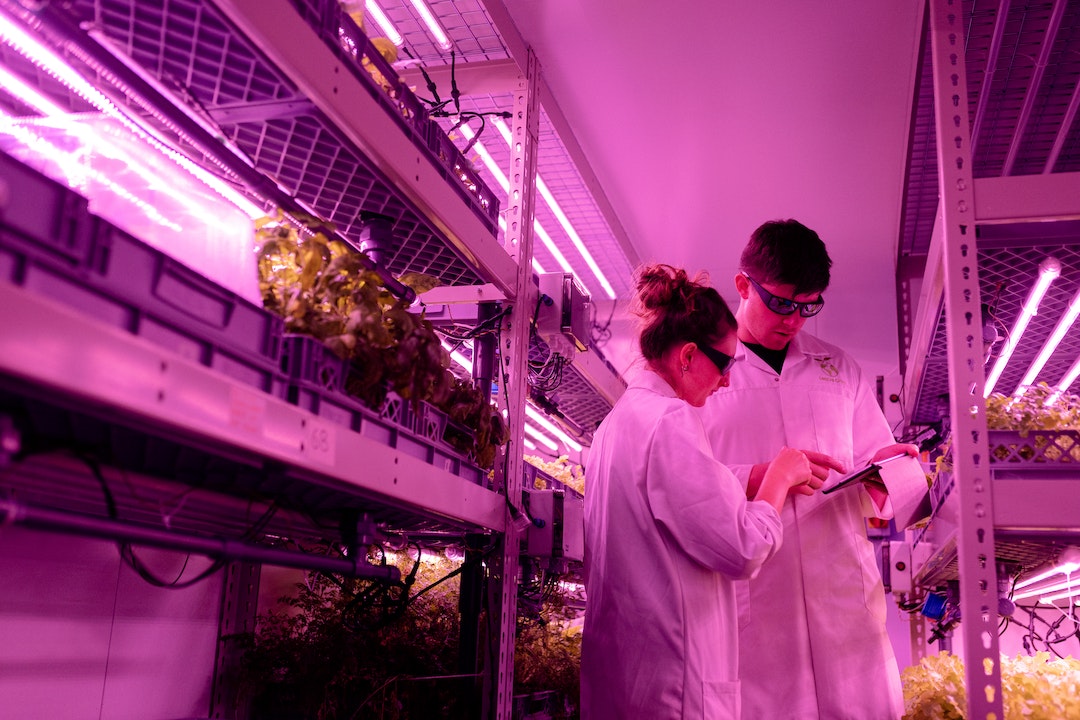Unlike disruptive innovation, which introduces a new product or service to the market, sustaining innovation seeks to make improvements to an already existing one. Sustaining innovation can take many different forms. It might involve making a small improvement to an existing product, such as a new feature or a minor design change. (Also Read: 4 Types of Innovation and Why They Matter)
Table of Contents
What is sustaining innovation?
While sustaining innovation is often overshadowed by more disruptive forms of innovation, it can be just as important to a company’s long-term success. Many businesses rely on a steady stream of sustaining innovations to keep their products and services relevant in the marketplace.
What are some common examples of sustaining innovation?
1. Introducing a new feature to an existing product
2. Developing a more efficient production process
3. Finding a way to reduce costs without compromising quality
4. Improving customer service procedures
5. Enhancing the usability of a product or service
What are the advantages of sustaining innovation?
2. Keeps customers engaged: Sustaining innovation helps keep existing customers engaged with a company’s products or services. If they feel like they’re always getting the latest and greatest from your business, they’re much less likely to look elsewhere.
3. Generates additional revenue: Since sustaining innovations usually involve adding new features or functionality to existing products, they have the potential to generate additional revenue for companies. This can help offset the costs associated with more disruptive forms of innovation.
4. Improved product quality and performance: By continually improving the quality of your products or services, you can stay ahead of the competition and maintain a loyal customer base.
5. Increased market share: Sustained innovation can help you gain market share from competitors who are not innovating as rapidly.
6. Lower costs: With sustained innovation, you can find ways to produce your products or services more efficiently, resulting in lower costs and higher profits.
7. Greater employee satisfaction and motivation: Employees who are constantly challenged to innovate will be more satisfied and motivated than those who are not. This can lead to increased productivity and creativity within your workforce.
What are the types of sustaining innovation?
Sustaining innovations can be incremental or radical. They can also be internal or external.
Incremental sustaining innovations are small improvements to an existing product or service, while radical sustaining innovations are more significant changes.
Internally sustained innovations come from within a company, while externally sustained innovations come from outside sources.
How can sustaining innovation be used in business?
There are many ways in which businesses can use sustaining innovation to improve their products and services.
One common approach is to focus on improving the core features and functionality of an existing product or service. This might involve making small improvements to the design, functionality, or user experience.
Another approach is to add new features and capabilities that complement an existing offering. This could involve integrating new technologies into an existing product or service or developing new applications that work with an existing platform.
Sustaining innovation can also be used to improve business processes and operations. This might involve streamlining internal procedures, implementing new technologies or software platforms, or adopting best practices from other industries. By making these kinds of improvements, businesses can boost their productivity and efficiency, saving time and money in the long run.
In order to be successful, sustaining innovations need to be well-targeted and carefully executed. Businesses should start by identifying areas where they would like to see improvement and then assess what kinds of changes would be most effective in achieving their goals. Once a plan is in place, it is critical to consistently implement it and track progress over time to ensure that the desired results are achieved.
Are there any drawbacks to sustaining innovation?
First, if a company focuses too much on sustaining innovation, it may miss out on opportunities for disruptive innovation.
Second, sustaining innovations can sometimes be less profitable than disruptive innovations because they tend to be incremental improvements rather than game-changing products or services.
Finally, it can be difficult to generate sustained growth through innovation alone; companies also need to have strong execution and marketing capabilities.
Conclusion
Sustaining innovation is a process of continual improvement that allows organizations to maintain their competitive edge. It is the process of making incremental changes to products, services, or processes in order to improve performance and keep up with customer demands. Many companies use “sustaining innovation” as a way to remain competitive in their industries and stay ahead of the curve. (Also Read: What are the Benefits of Tech Growth and Innovation)












